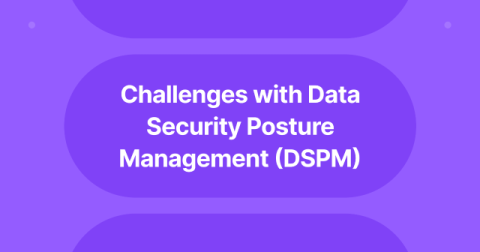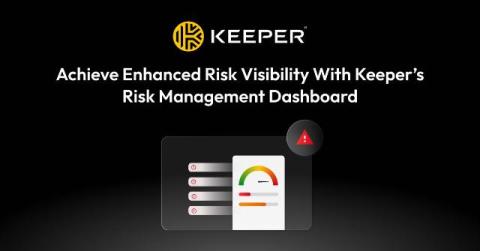Challenges with Data Security Posture Management (DSPM)
While Data Security Posture Management (DSPM) is a powerful approach for discovering, monitoring, and managing sensitive data across complex systems, it is not without its challenges. These hurdles often stem from the complexity of modern data environments, evolving threats, and operational constraints. Below are the primary challenges associated with DSPM.









